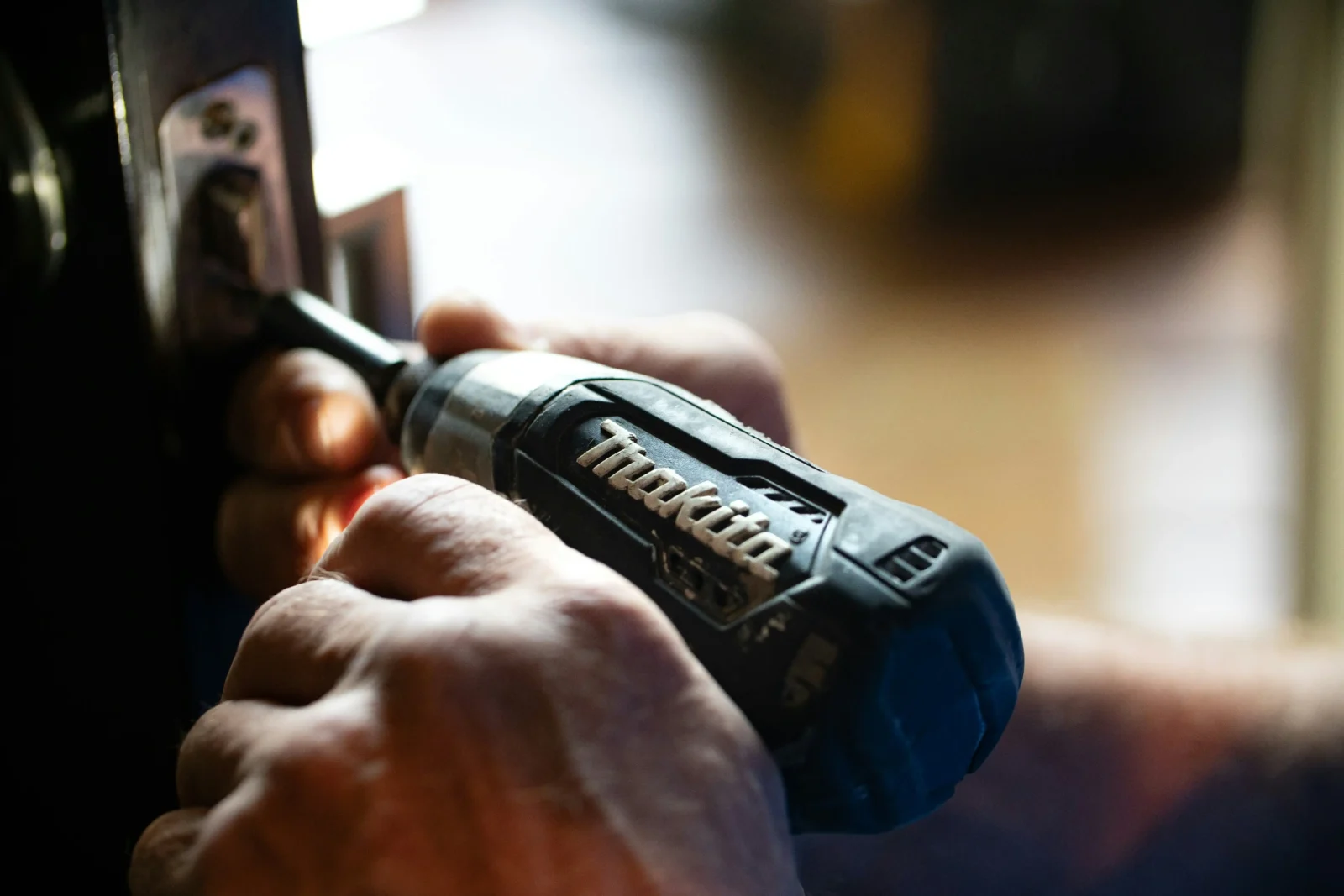- Home
- Articles
- Architectural Portfolio
- Architectral Presentation
- Inspirational Stories
- Architecture News
- Visualization
- BIM Industry
- Facade Design
- Parametric Design
- Career
- Landscape Architecture
- Construction
- Artificial Intelligence
- Sketching
- Design Softwares
- Diagrams
- Writing
- Architectural Tips
- Sustainability
- Courses
- Concept
- Technology
- History & Heritage
- Future of Architecture
- Guides & How-To
- Art & Culture
- Projects
- Interior Design
- Competitions
- Jobs
- Store
- Tools
- More
- Home
- Articles
- Architectural Portfolio
- Architectral Presentation
- Inspirational Stories
- Architecture News
- Visualization
- BIM Industry
- Facade Design
- Parametric Design
- Career
- Landscape Architecture
- Construction
- Artificial Intelligence
- Sketching
- Design Softwares
- Diagrams
- Writing
- Architectural Tips
- Sustainability
- Courses
- Concept
- Technology
- History & Heritage
- Future of Architecture
- Guides & How-To
- Art & Culture
- Projects
- Interior Design
- Competitions
- Jobs
- Store
- Tools
- More
Top 10 Must-Have Agriculture Spare Parts for Every Farm

Agriculture remains a cornerstone of society, providing nourishment and sustenance for communities worldwide. Modern farming practices are heavily reliant on machinery, so maintaining equipment becomes crucial. Spare parts serve as lifelines, ensuring operations run smoothly.
Mirroring the value of reliable machinery in animal husbandry, agricultural equipment failure leads to downtime, which affects productivity. With the right agriculture spare parts, downtime is limited, and output is high. In this guide, we will cover all key components that are heavily involved in everyday farm operations. So read on and gain valuable insights.
Table of Contents
Toggle1. Belts and Chains
Machines ranging from tractors to combine harvesters are run with belts and chains. As with any equipment, parts need to be replaced regularly over time. Having a variety of belt sizes and types in your inventory eliminates potential interruptions in operations, saving the day during busy seasons.
2. Filters
Oil, air, and fuel filters prevent contaminants from harming engines. When filters are clogged, the equipment has to work harder, using more energy and having a shorter lifespan. Stocking several at a time enables regular replacements, safeguarding equipment and keeping it functioning smoothly.
3. Bearings
Bearings help lessen friction in motions, enabling smooth functionality. Defective bearings may lead to machinery malfunction. With years of stocking different types and sizes of bearings, you can change them very quickly so your machines are running efficiently, saving you time and money and increasing the life of your machinery.
4. Hoses and Fittings
Hydraulic hoses and hydraulic fittings are used to transmit hydraulic fluid in hydraulic systems. When leaks or breaks occur, work can come to a standstill. Keeping hoses along with compatible couplings in stock helps achieve quick repairs, reduce downtime, and avoid potentially larger system problems. Working with a trusted partner for hydraulic components also ensures you have access to quality parts and expert guidance when you need them most.

5. Blades
Mowers, harvesters, figs, and all other cutting equipment require sharp blades. Blunt or worn-out blades decrease shear efforts and increase fuel usage. Keeping some extra blades in optimal condition for replacement increases performance and efficiency.
6. Electrical Components
Wiring, switches, and connectors are the essence of current machinery. However, electrical failures can halt operations. Having these components on hand means that repairs can be made almost immediately, ensuring that all machinery is working properly and safely.
7. Tires
Tires are subjected to great loads over rough terrain and are, therefore, vulnerable to wear. A single puncture or even damage can interrupt the operation. Having spare tires and repair kits on-site makes it easy to replace them and keep an operation mobile without incurring a fortune in downtime.
8. Seals and Gaskets
Seals and gaskets prevent internal fuel leaks in engines and leaks from hydraulic systems. Eventually, they can wear out, causing them to lose some fluid. An inventory of different seals and gaskets enables farmers, ranchers, and agricultural managers to replace faulty ones in a timely manner to protect equipment and keep things running smoothly.
9. Nuts and Bolts
The nuts and bolts that hold machinery together to ensure structural integrity. Vibration and tension can cause them to come loose or shatter. A few nuts and bolts can be tightened here and there to fix things quickly and keep them from shifting or making the damage worse.
10. Sensors
Thanks to sensors, modern machines have gained precision and efficiency. Defective sensors may give rise to incorrect readings and substandard performance. Holding spare sensors provides accurate readings, resulting in efficient operations and no downtime.
Conclusion
In agriculture, preparedness is still the name of the game. Keeping a store of key spares allows farmers to take on any surprises with confidence. These parts protect equipment from wear and tear; they provide durability and reliability, ensuring that machinery keeps working and productivity remains high.
Emphasize spare parts to reduce disruption and produce more output. With the right pieces available, farms can prosper, creating a healthy zone of agriculture. By investing in these critical elements, farmers are protecting their income and the food supply for the entire community .
illustrarch is your daily dose of architecture. Leading community designed for all lovers of illustration and #drawing.
Submit your architectural projects
Follow these steps for submission your project. Submission FormLatest Posts
10 Interesting Facts About Zaha Hadid
Zaha Hadid was a visionary architect whose fluid forms, bold experimentation, and...
Online 3D Terrain Mapping Tools for Urban and Landscape Design in 2025
A curated guide to the best online 3D terrain mapping tools in...
Common Emergency Repairs Every Homeowner Should Be Ready For
For most of us, when something goes wrong, we have a propensity...
Designing, Retrofitting, and Valuing Non-Standard Homes in Britain
Britain’s housing stock carries a quiet contradiction. From the street, many homes...












Leave a comment